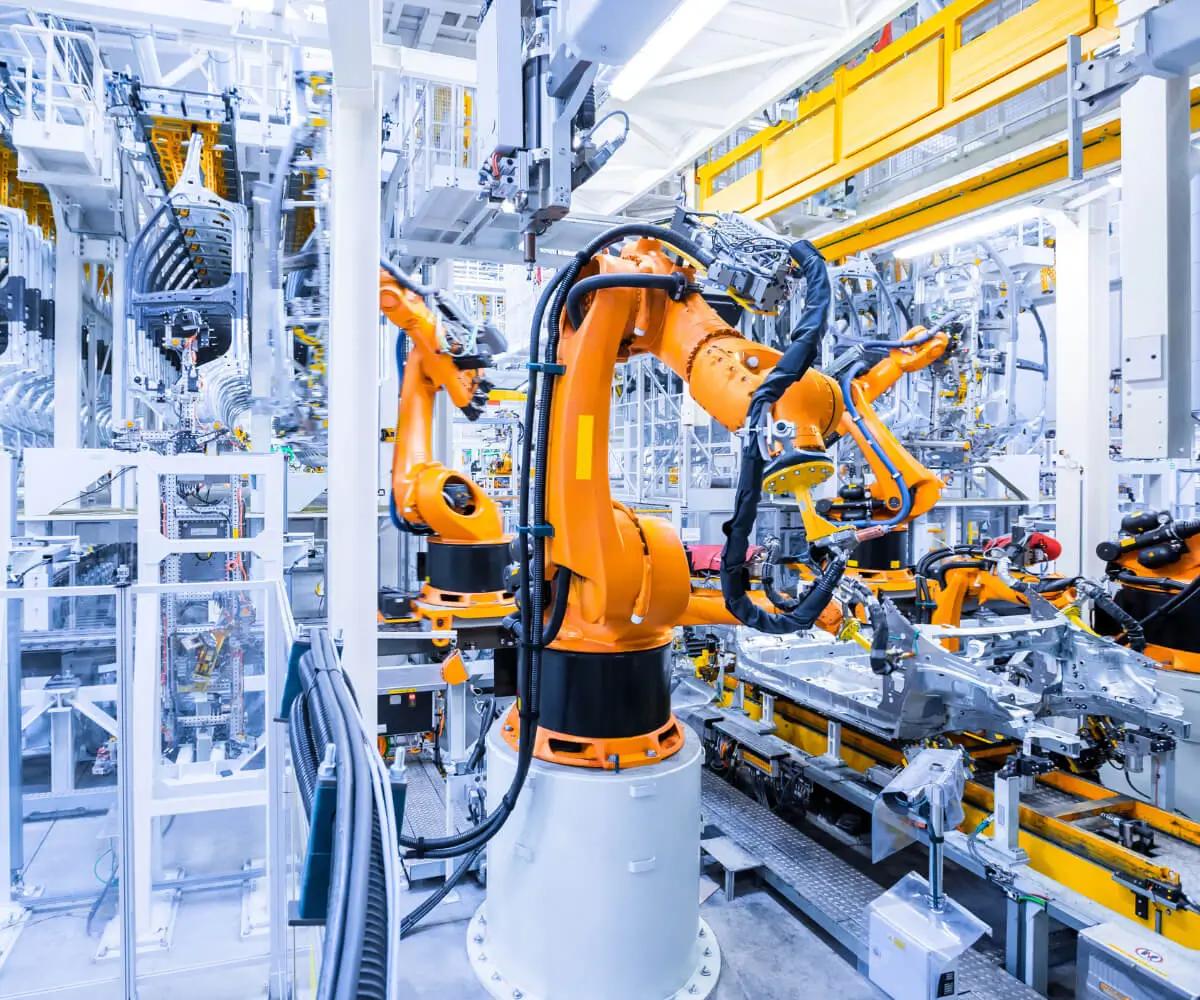Introduction: Dive into the World of Servo Motors and Arduino
Imagine a perfectly synchronized robotic arm smoothly reaching for an object or a miniature drone buzzing precisely through a set path. These feats of precision and automation are powered by simple yet sophisticated components—among them, the servo motor. Coupled with the versatile Arduino microcontroller, servo motors unlock endless possibilities for hobbyists, students, and professionals alike.

Today, we're embarking on a journey to understand, build, and master a basic servo motor circuit using Arduino—a fundamental stepping stone into the universe of robotics and automated systems. Whether you're a seasoned maker or just starting out, this guide will walk you through everything you need to know, from understanding the basics to creating your own functional servo-powered projects.
Understanding Servo Motors
At the heart of many robotic applications, servo motors are specialized rotary actuators capable of precise position control. Unlike regular DC motors that spin continuously, servo motors are designed to turn to a specific angle within a range, typically from 0° to 180°. This precise control is achieved through integrated gears, electrical feedback, and control circuitry.
A typical servo motor contains three wires: power (usually red), ground (black or brown), and control (white or yellow). The control wire receives a pulse-width modulation (PWM) signal, which tells the servo how far to turn its shaft. For example, a 1.5 ms pulse might position the servo at 90°, while a 1 ms pulse moves it to 0°, and a 2 ms pulse moves it to 180°.
Why Use Arduino with Servo Motors?
Arduino, an open-source microcontroller platform, simplifies the process of controlling servos through its dedicated libraries and pins. It translates high-level commands into electrical signals that command the servo to move, making complex robotic movements accessible even for beginners.
With just a few connections and some programming, you can achieve tasks like:
Pan-tilt camera systems Robotic arms and grippers Automated steering in vehicles Articulated sculptures
Components Needed
To create a basic servo control circuit, gather the following components:
Arduino board (Uno, Mega, Nano, etc.) Servo motor (standard hobby servo) Power supply (typically 5V; ensure it can supply enough current) Breadboard and jumper wires Optional: potentiometer (for manual control)
Basic Circuit Diagram
Here's the simple connection:
Connect the servo's red wire to the Arduino's 5V pin (or external power if the servo requires more current). Connect the servo's black/brown wire to GND. Connect the servo's control wire to a PWM-capable digital pin on Arduino (e.g., pin 9).
Assembly Steps
Plug the servo's power and ground wires into the breadboard's power rails, then connect to the Arduino's 5V and GND. Connect the control wire to digital pin 9 on the Arduino. If using an external power supply, connect its ground to Arduino GND to ensure a common reference.
Arduino Firmware and Testing
The simplest way to control your servo is using Arduino's predefined Servo library. Here's a quick sample code to test:
#include Servo myServo; void setup() { myServo.attach(9); // Attach servo to digital pin 9 } void loop() { for(int angle=0; angle<=180; angle+=1) { myServo.write(angle); delay(15); } for(int angle=180; angle>=0; angle-=1) { myServo.write(angle); delay(15); } }
Upload this code, and your servo should sweep smoothly from 0° to 180° and back. This simple test confirms that your hardware and firmware are functioning correctly.
Part 2 will continue with more advanced control techniques, troubleshooting tips, project ideas, and safety considerations. Stay tuned!
Established in 2005, Kpower has been dedicated to a professional compact motion unit manufacturer, headquartered in Dongguan, Guangdong Province, China.




































